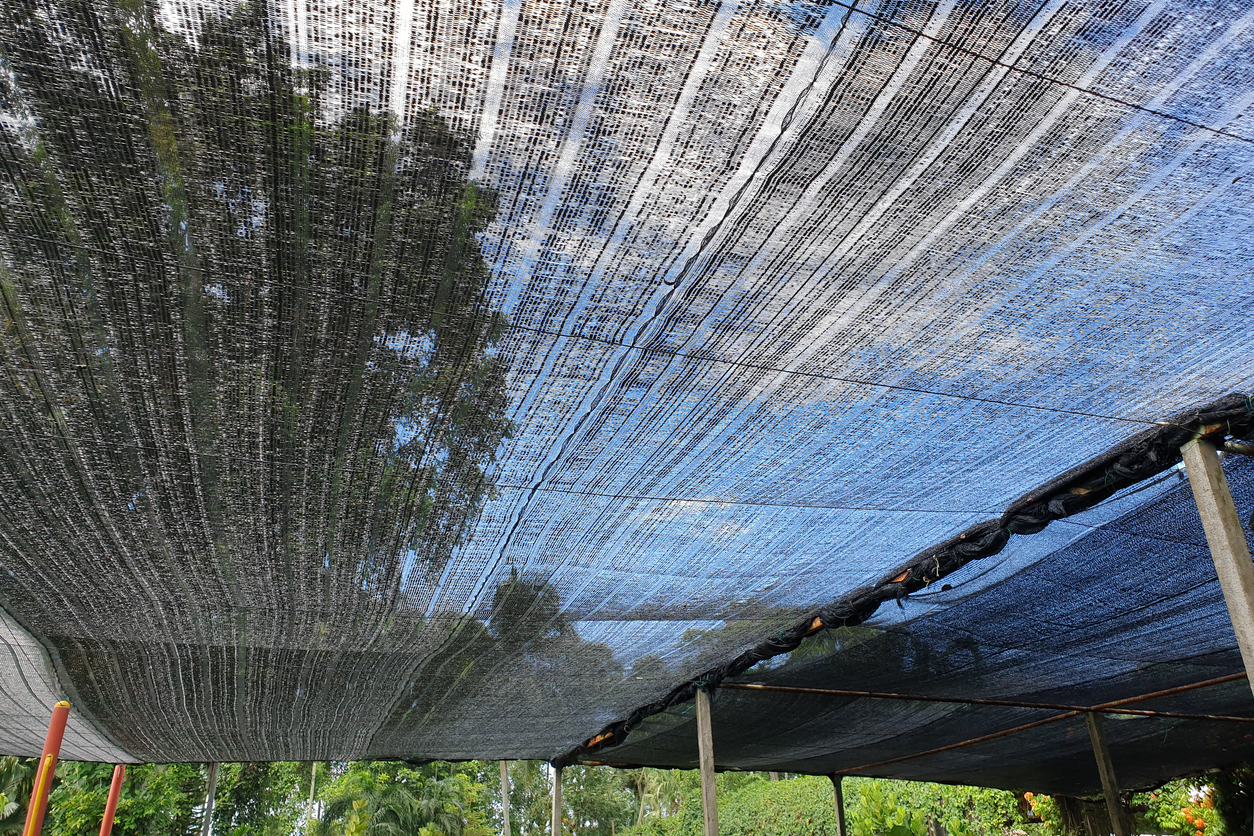Plenty of vegetables out there love the sun. They could spend the day at the beach just lying on the sand and watching the waves. Other herb and vegetable plants? Not so much. They’re more the beach umbrella type; they like a little plant shading.
There are a few different approaches to bringing shade into your garden, but your first step is to determine if you actually need to buy something to create that shade. I’m a big fan of companion planting, and in some cases, that’s all you have to do to create enough shade for your more delicate plants. Sunflowers are a good example of this, as they can grow up to ten-feet tall, and they grow quickly. If you plant them on the south or west side of your garden, that may be all the shade you need. It does take a little planning, but it’s something to consider.
If you plan to buy something made specifically for plant shading around your garden, here are a few things to look out for.
Discover 10 top tips for growing, harvesting, and enjoying fruits, vegetables, herbs and more from your home garden—when you access the FREEBIE How to Grow a Vegetable Garden, right now!
Plant shading 101: How to bring a little relief to your overheated garden
To begin with, you don’t need to completely shade your garden. Even your shade-loving greens enjoy a fair amount of sun. What we’re trying to accomplish here is protecting plants from the hot, direct sunlight of mid-afternoon.
Most of the plant shading fabrics on the market come in a range of densities. So a 40% shade cloth would block 40% of the light. For general gardening purposes, a shade in the 30% to 50% range is usually appropriate.
You’ll also find that shade cloths come in knitted and woven varieties. For most gardeners, a knitted polyethylene shade is the best choice. As compared to the woven shades, a knitted shade allows for more airflow, reduces heat build up, and is lighter and easier to work with.
If you buy just a plant shading cloth, you’ll need to build a structure or find some way to support the cloth. You can also buy kits that come with a shade and the stakes you need to set it up.
Alternatively, if you want something smaller to shade your lettuce and other salad greens, a shade net works well. These get attached to hoops and look like little tunnels.
The trick with plant shading cloths and netting is that you do need to keep the fabric up and off the plants. That ensures proper ventilation and it keeps the weight of the fabric from breaking leaves or stems.
One last option, although it may be some extra work on your part, is to use a patio umbrella. Outdoor umbrellas are somewhat easy to move, and because you can tilt the umbrella, it’s easy to angle it so your plants get the shade they need. A word of caution here, though. A strong wind could easily knock an umbrella over, damaging your plants, so be aware of the weather forecast if you use this approach.
Shading your garden doesn’t need to be a difficult task. Yes, it does take a little work, but like so much of gardening, the rewards are well worth the effort.
I’d love to hear your opinion. What is your experience with using shade cloths or other plant shading in your garden?
Discover 10 top tips for growing, harvesting, and enjoying fruits, vegetables, herbs and more from your home garden—when you access the FREEBIE How to Grow a Vegetable Garden, right now!
